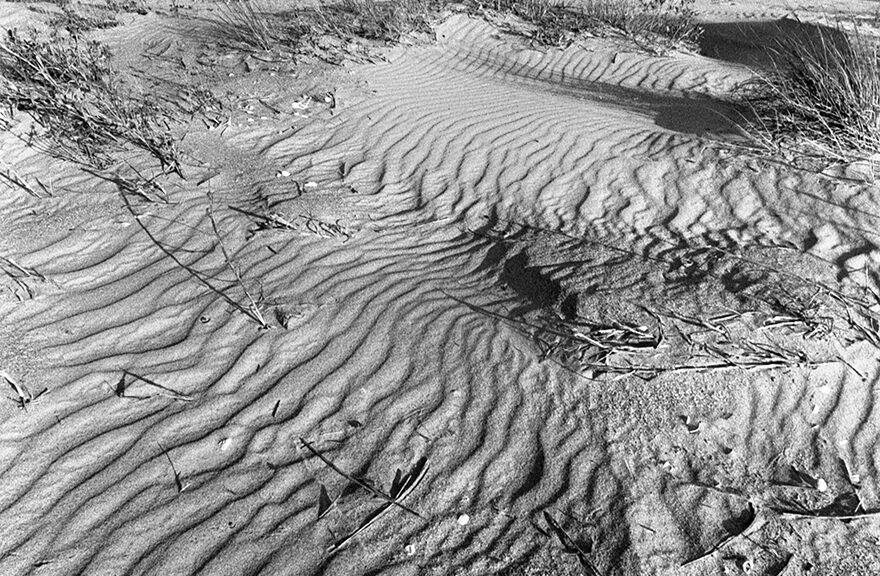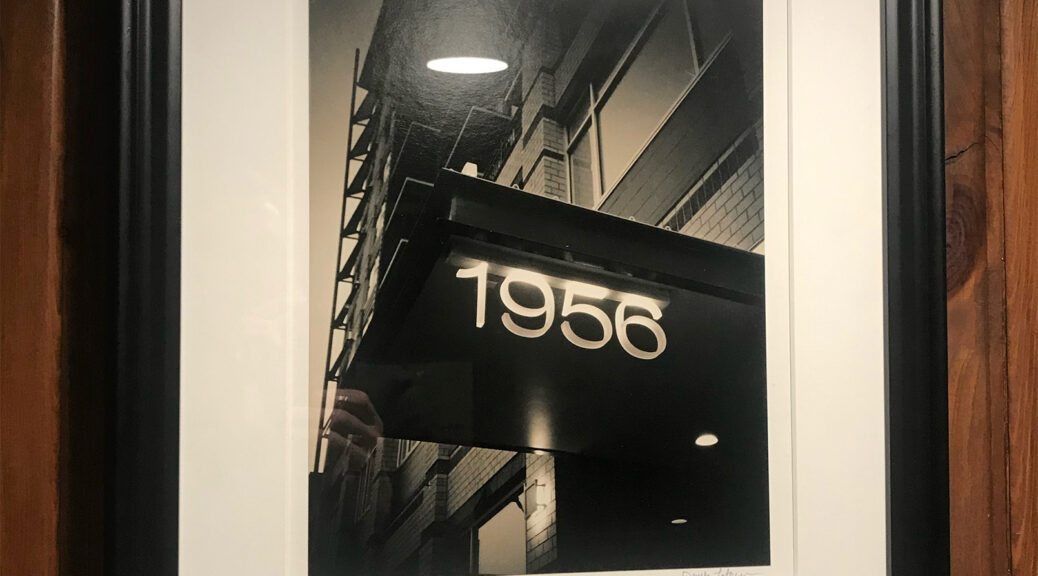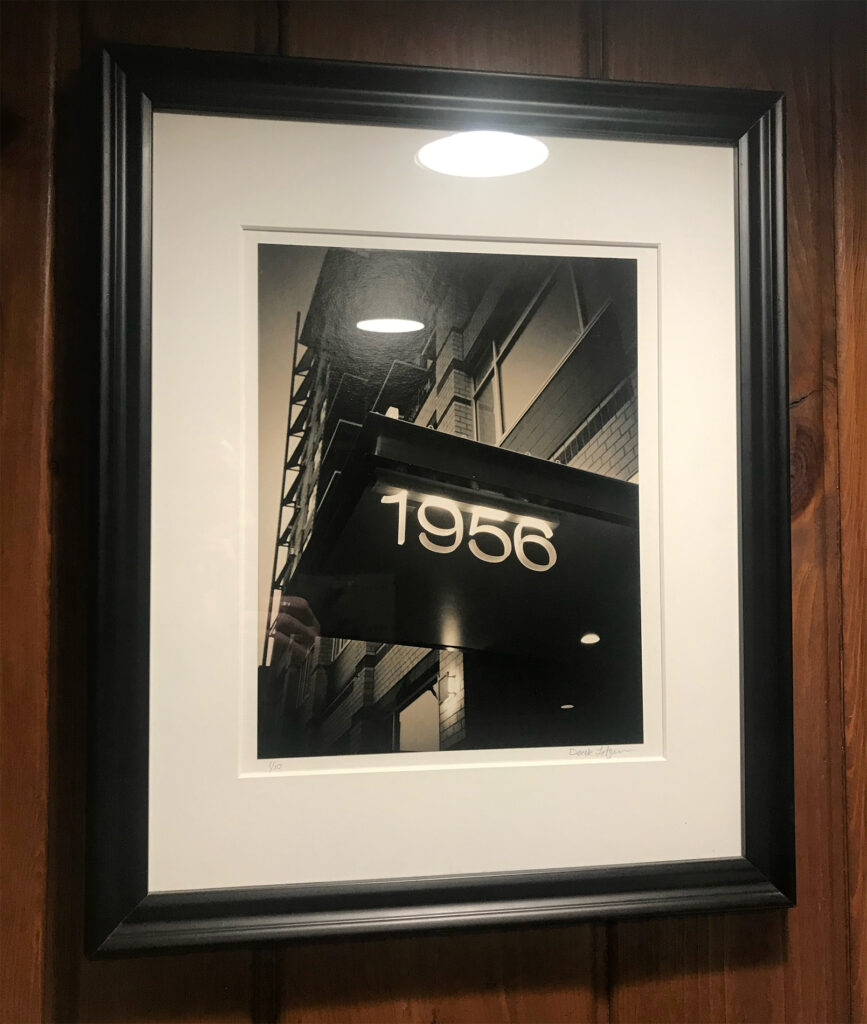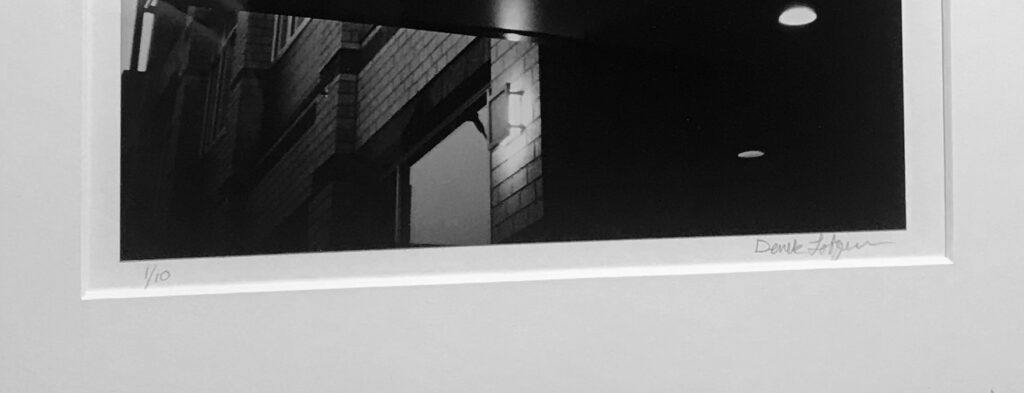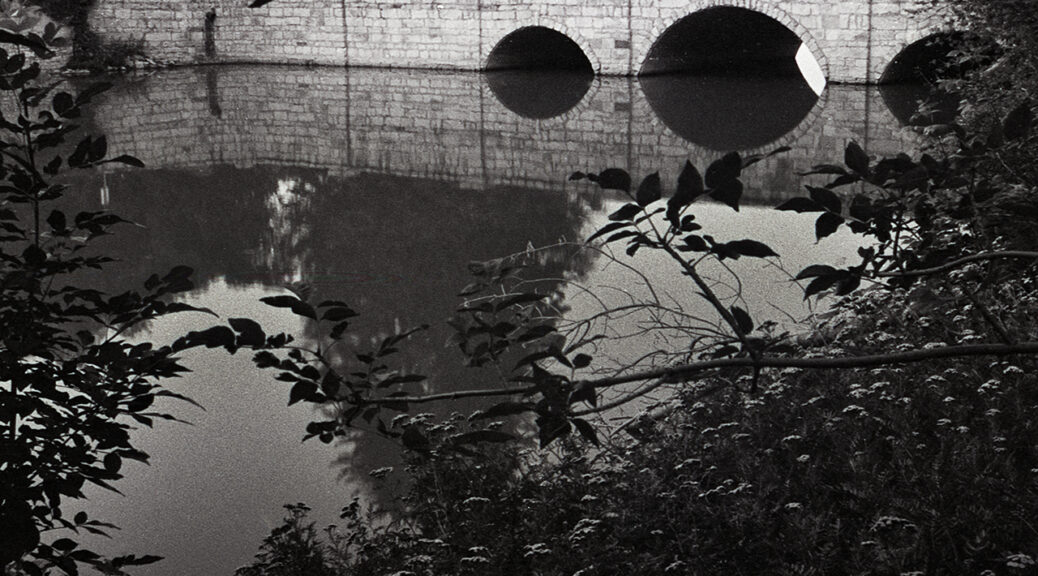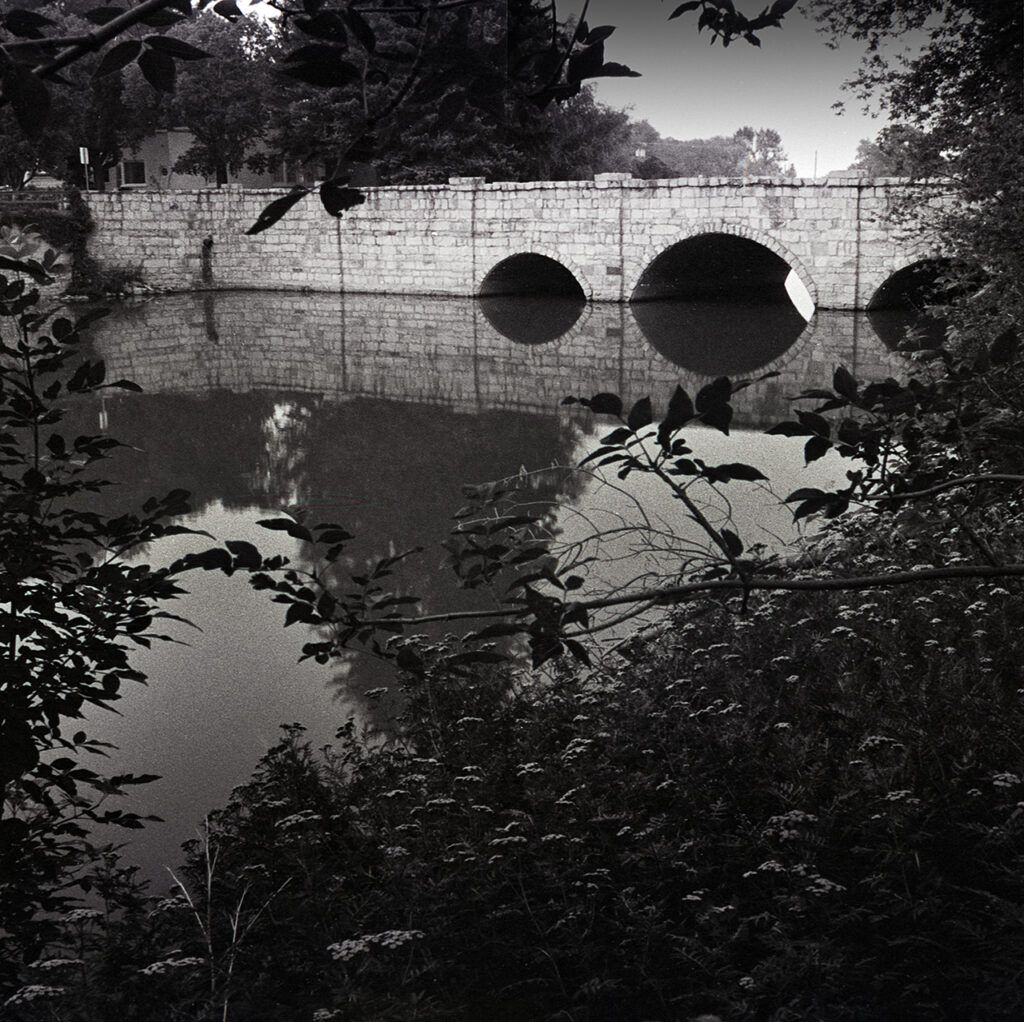In the summer of 2022 I made a quick trip to Wilmington, NC. I was there to help some family members pack up and move out of town. It was a quick in and out over a weekend. I knew I would have one evening to myself so I planned on going down to Kure Beach to make some black and white photographs of the sand and surf.
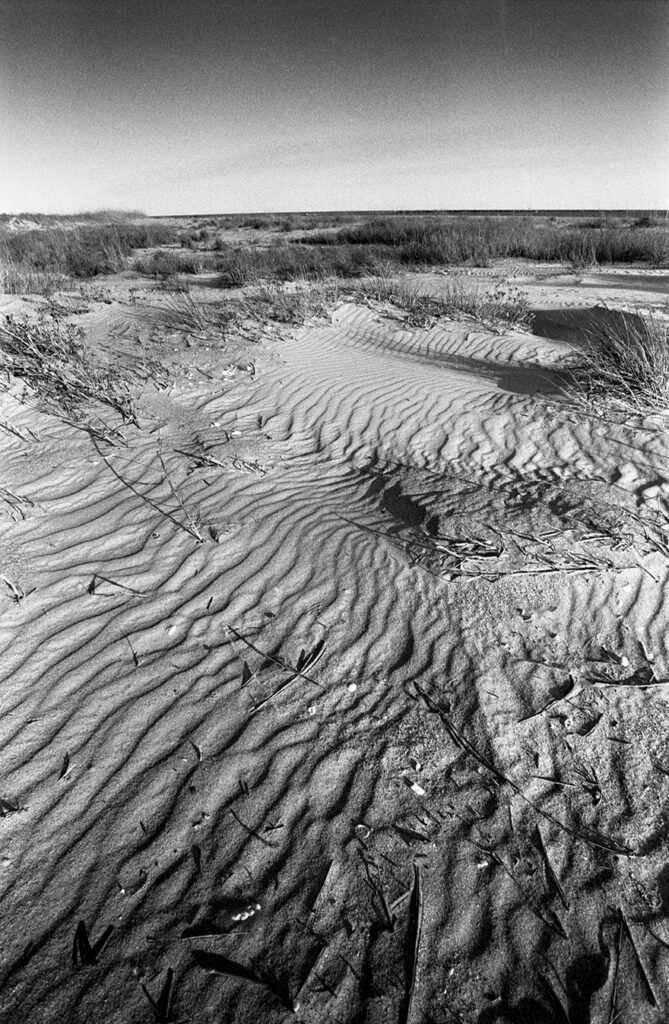
After a long hot couple of days of packing and loading I grabbed my gear with about 2 hours before sunset and headed out to Kure Beach. I knew there was a pier on the beach and some vehicle access but I had not been there before, so I didn’t really know what to expect. The sky was clear so there was no hope of getting a moody sky over the ocean. I had to work with what I had. I wasn’t disappointed when I arrived.
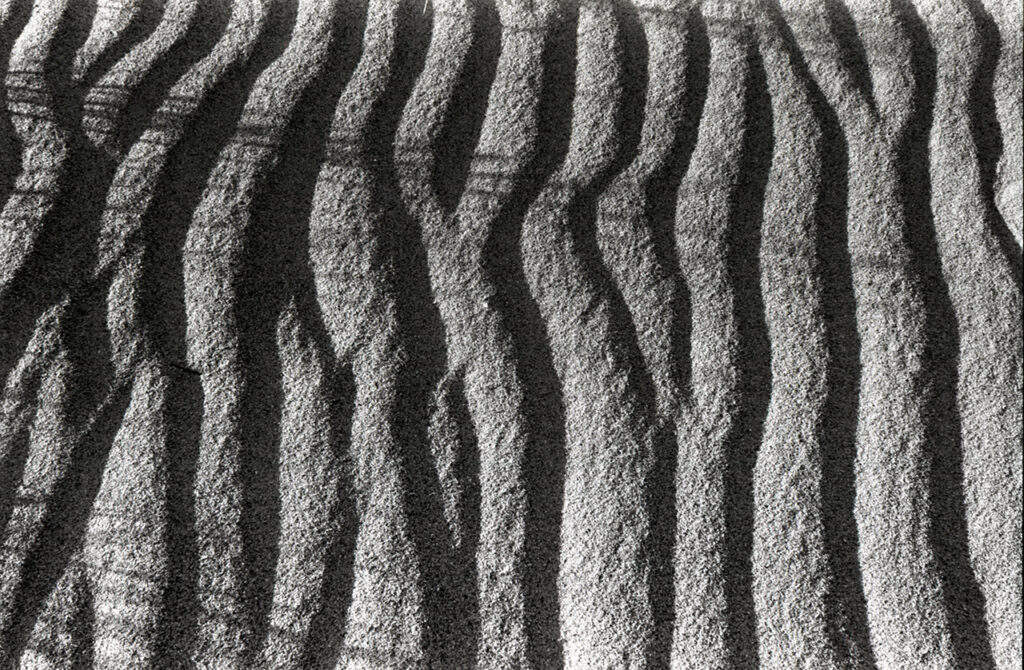
The sun was long and golden, but setting pretty fast and getting softer and softer as my time on the beach went on. I started out with a roll of Kentmere 400. I had not shot this film before and wanted to give it a try to see how it held up. I normally shoot Kodak Tri-X, but I was looking for a new film to switch to because the cost of Tri-X has gotten a bit high for me to just throw in the camera and shoot.
After looking at the spec sheet of Kentmere 400 and the curve that Ilford provides I thought it could be a promising replacement. I love the way Tri-X has some separation from the mid tones from the blacks. Something about it is just fantastic. I was hoping Kentmere 400 could get close. All the other films I have tried up to this point were either too even (flat) in their tonal rendition or too expensive.
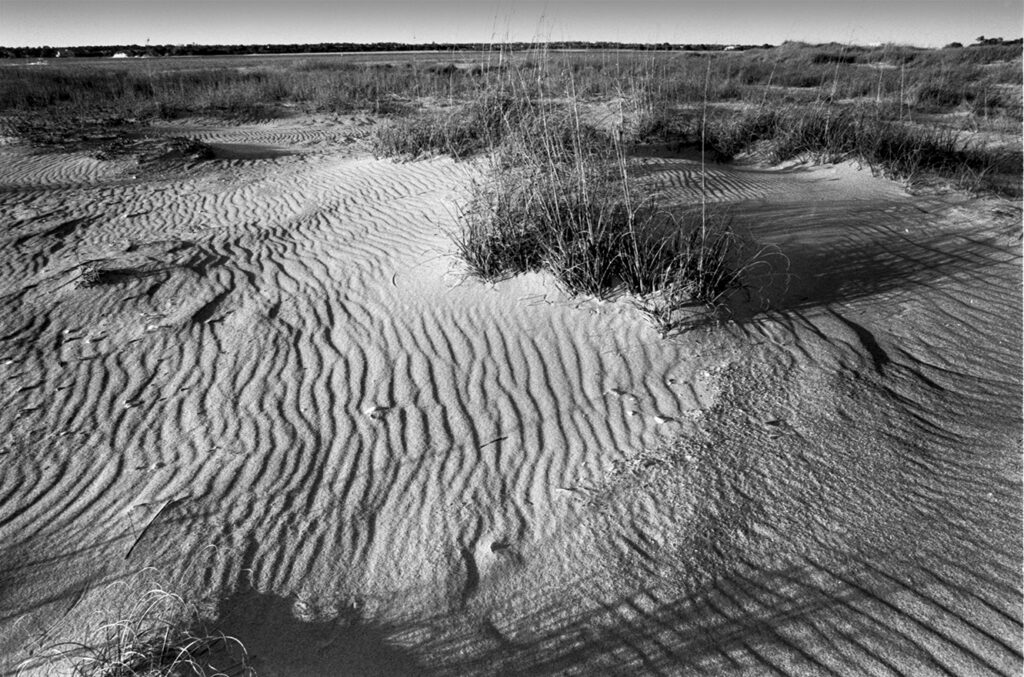
I started shooting the sand and the grass as the sun started heading down casting long raking light across the ripples revealing wonderful patterns and texture. I had to keep in mind to make sure I didn’t just walk over the sand and leave footprints all over, ruining any possible compositions. Metering was tricky for sure but I used the matrix meter on the shadow areas of the beach and decided to let the Kentmere 400 put the highlights where it wanted. I have to say I was pretty pleased with how this film handled it.
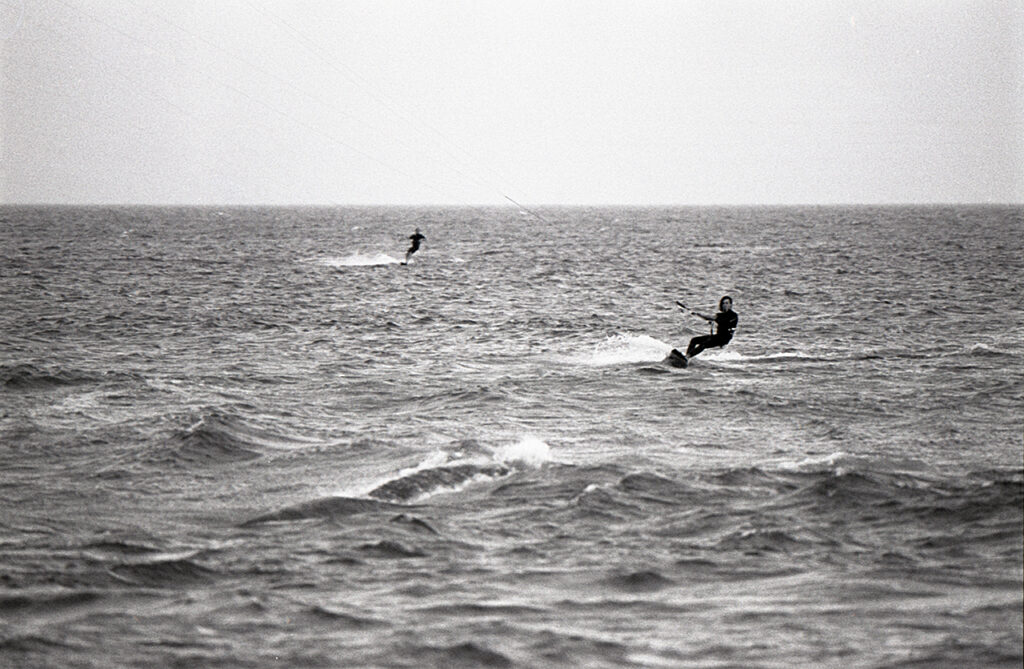
Once I was done with the sand and grass I started down the beach. There were a dozen or so kite surfers out jumping and carving the waves. What cool thing to watch. I stopped and pulled out my tripod and swapped my lens for my 300mm Tokina prime. Once I got set up these guys saw me and started showing off. What a treat. I was loosing some light as the sun kept dropping and my shutter speeds were just on the edge of too slow but I managed to get a couple acceptable shots.
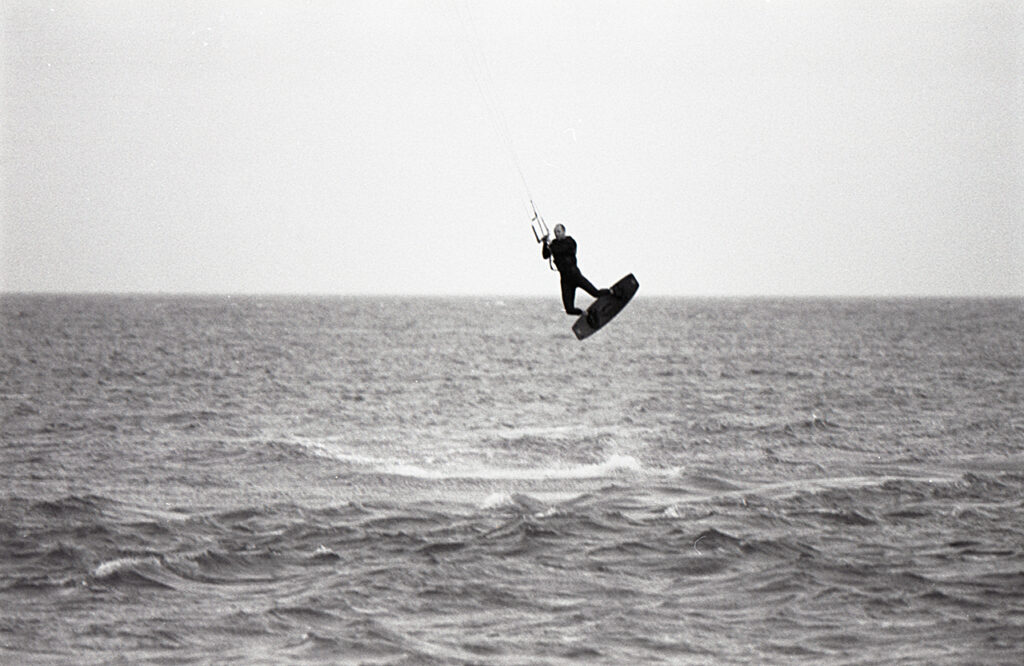
There wasn’t many people on the beach that evening but I wanted to test the limits of the Kentmere with a backlit silhouette shot of some people walking on the beach. I am a sucker for back lit black and white photographs. I hung out a little, while the kite surfers were starting to come in for the day. Up the beach, with the sun almost at their backs, was a family doing some beach combing. Perfect. I kept the 300mm on and swiveled my camera around on the tripod and made a few exposures. I metered for the sky and stopped down one stop and took some shots.
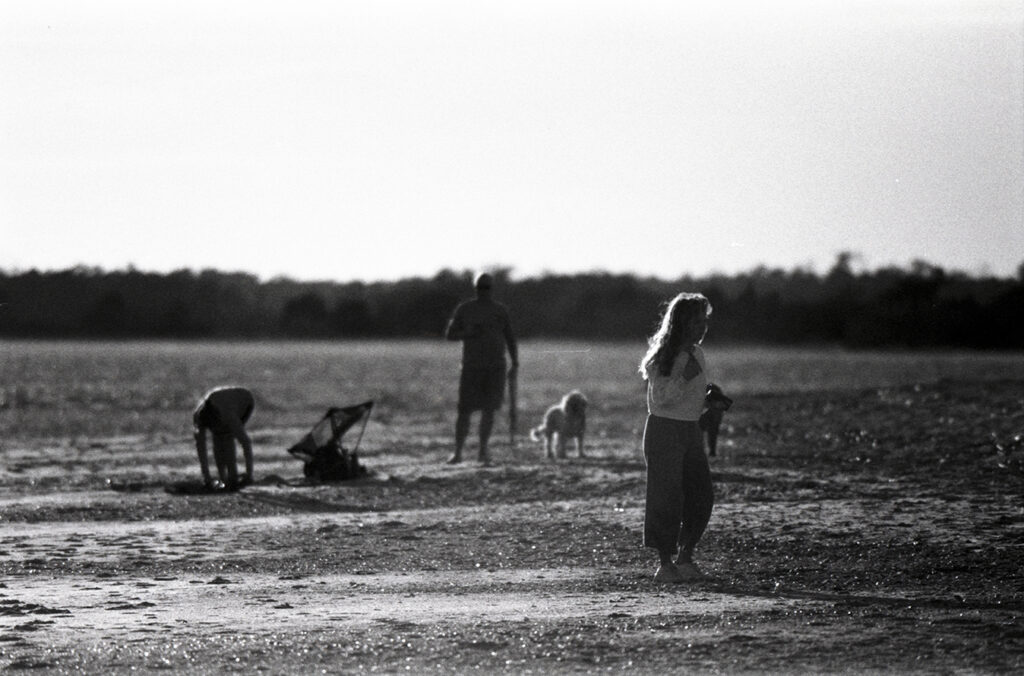
I knew I wanted to head down the beach to the Kure Beach Pier for some minimal long exposure shots. It was a little bit of a walk so I packed up and started down the beach. I remembered seeing some amazing wave photographs by some photographers I follow on social media and thought I would try to get some images of the waves on my way down to the pier. The waves weren’t much to look at compared to the giant ones I have seen but why not… So I shot a bunch of frames as I walked. It was fun.
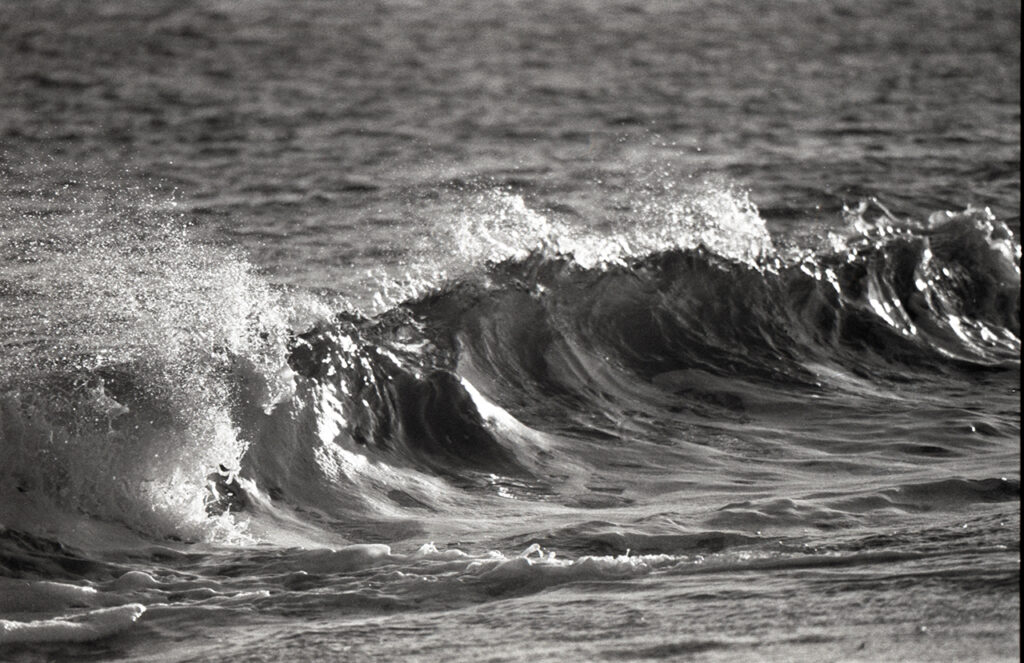
By the time I got down to the pier I shot through all of my Kentmere 400. I had to reload with Tri-X. With my Nikon reloaded I started taking stock in what the pier had to offer. The sun had set, and the last of the light was fading. Lights on the pier came on and it was a beautiful evening on the beach. I made some images on either side of the pier but nothing that excited me. Then I decided to go under the pier for that long look down the pylons.
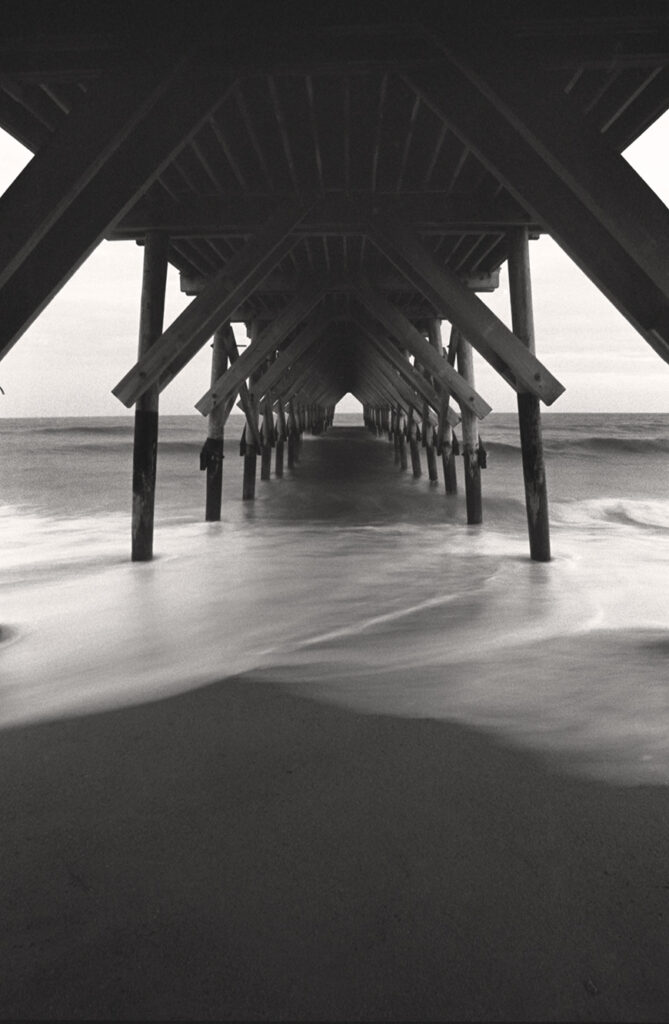
I set up directly in the middle of the pylons looking down the pier out to sea. I just loved the way the pier made a little house shape at the very end. Nice piece of interest to direct the eye. Directly behind me were some teenagers hanging out in some hammocks they strung up between the pylons. Right behind me… like 3 feet behind me. I made my meter reading in camera, calculated reciprocity and started shooting with my cable release. I wanted something smooth but still some view of the waves instead of the totally flat ghosting of the water so I kept my shutter speed on the shorter side. The image above is my favorite of the series I captured.
What to I think about Kentmere 400 along side of Tri-X? I have to say that I really liked it. I wanted to find a black and white film that would fit in with my existing development process that gave me similar results. Kentmere 400 in Xtol 1:1 is pretty close to Tri-X in my view. Contrast and tonal range is very similar. The grain structure is very similar too. I was happy enough with my results I ordered a bulk roll of the Kentmere 400. I will do some more experimenting on development times with the Kentmere 400 to see if I can get a closer look to Tri-X but I think if I were to put two images side by side, one Kentmere and one Tri-X, it would be hard to tell the difference.
If you are wondering if Kentmere 400 is worth adding to your creative workflow I would say it is absolutely worth it. Your mileage may vary, but I wouldn’t hesitate. Load it up and get out and shoot.

